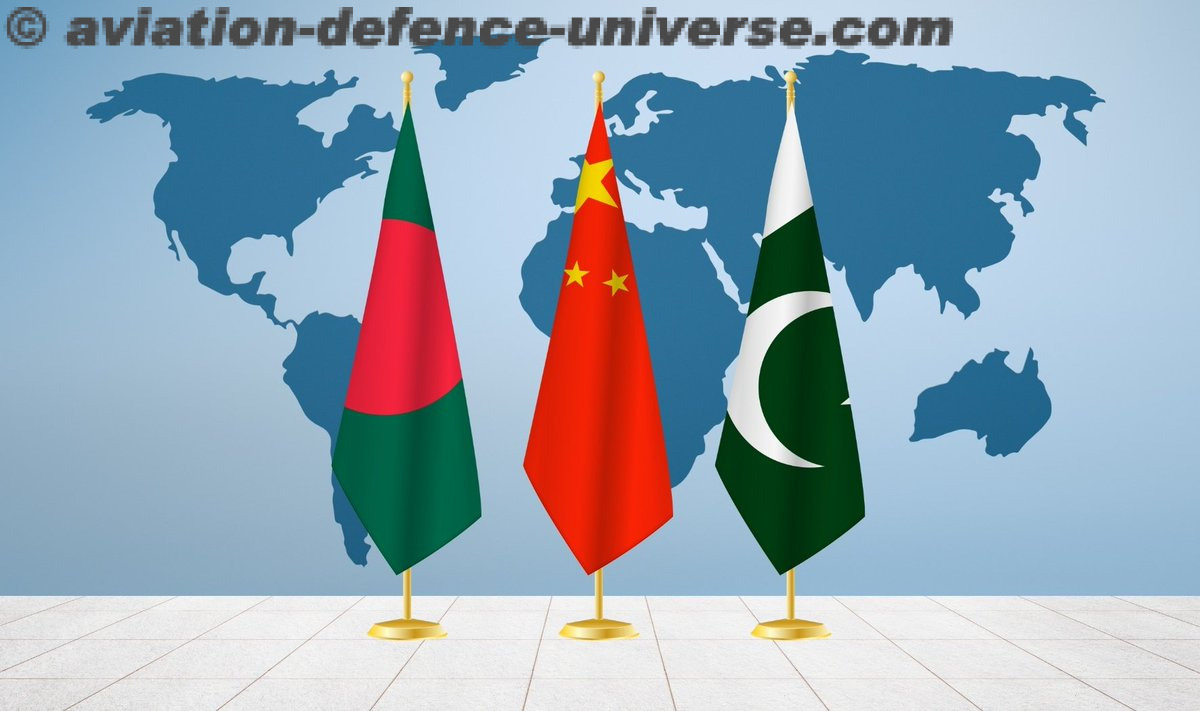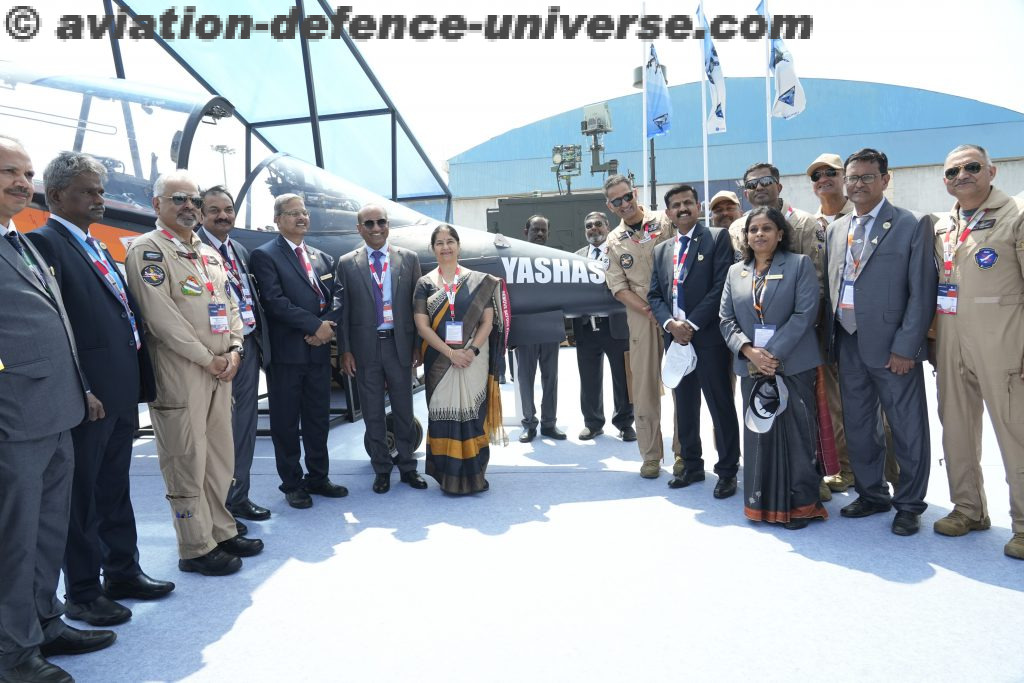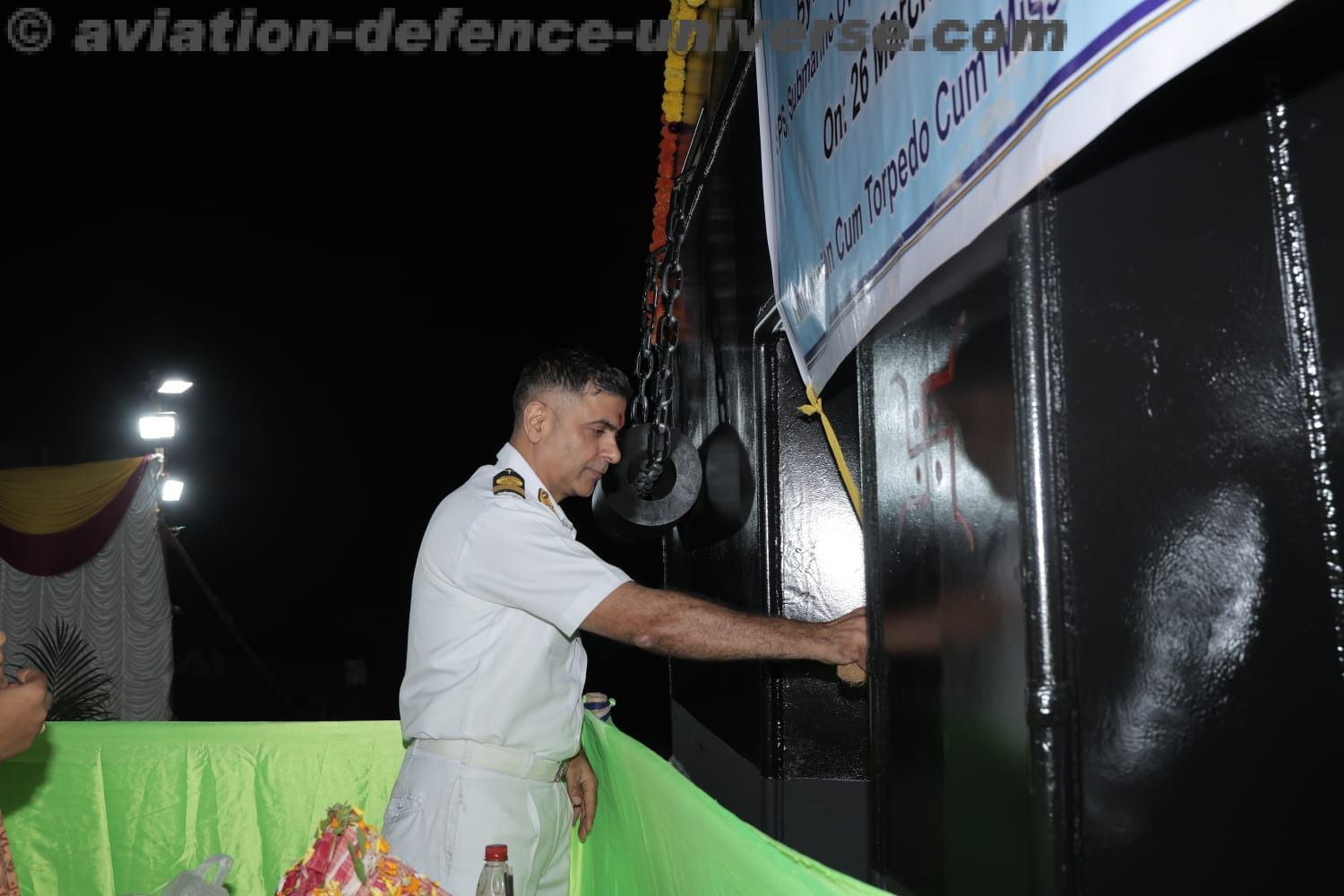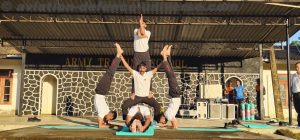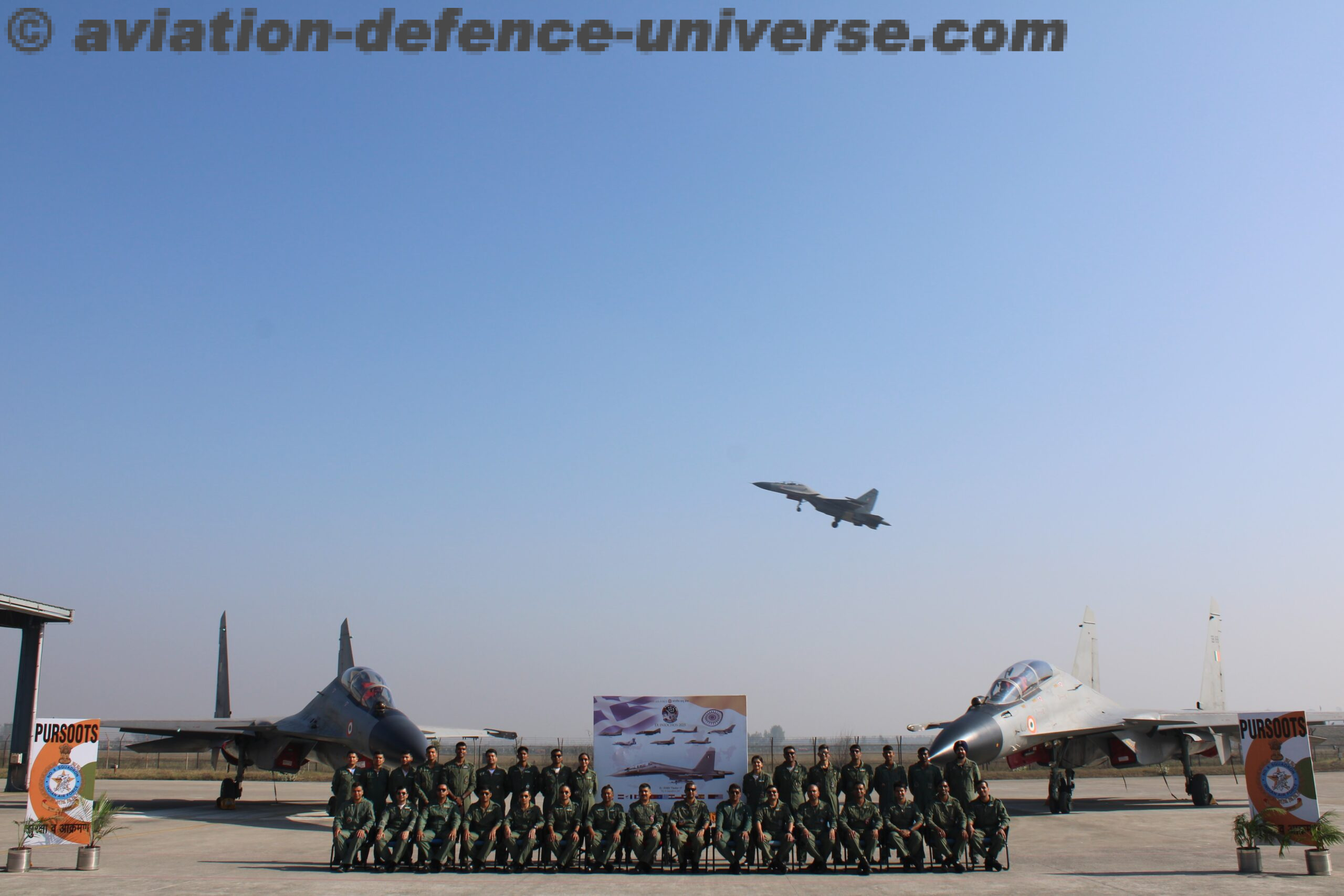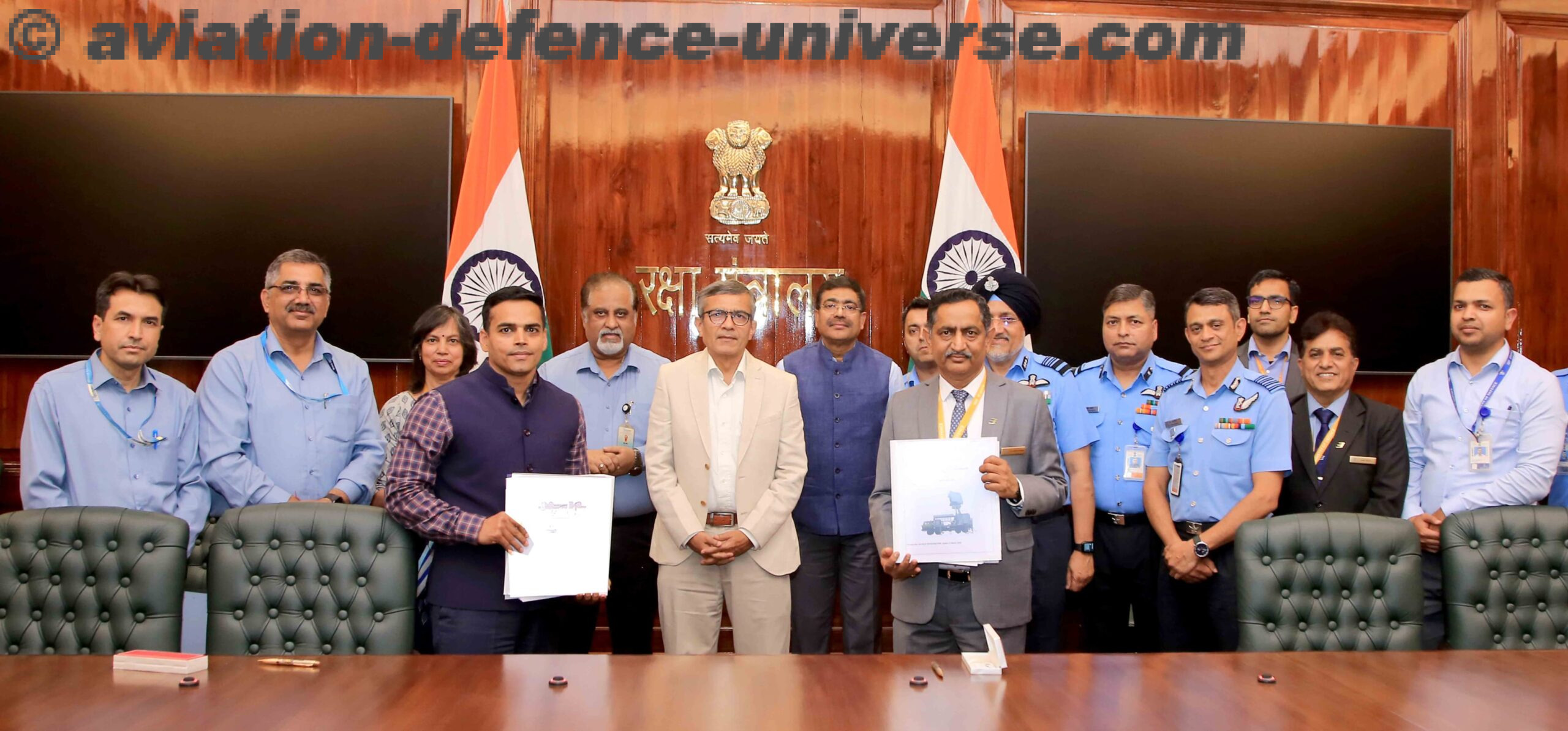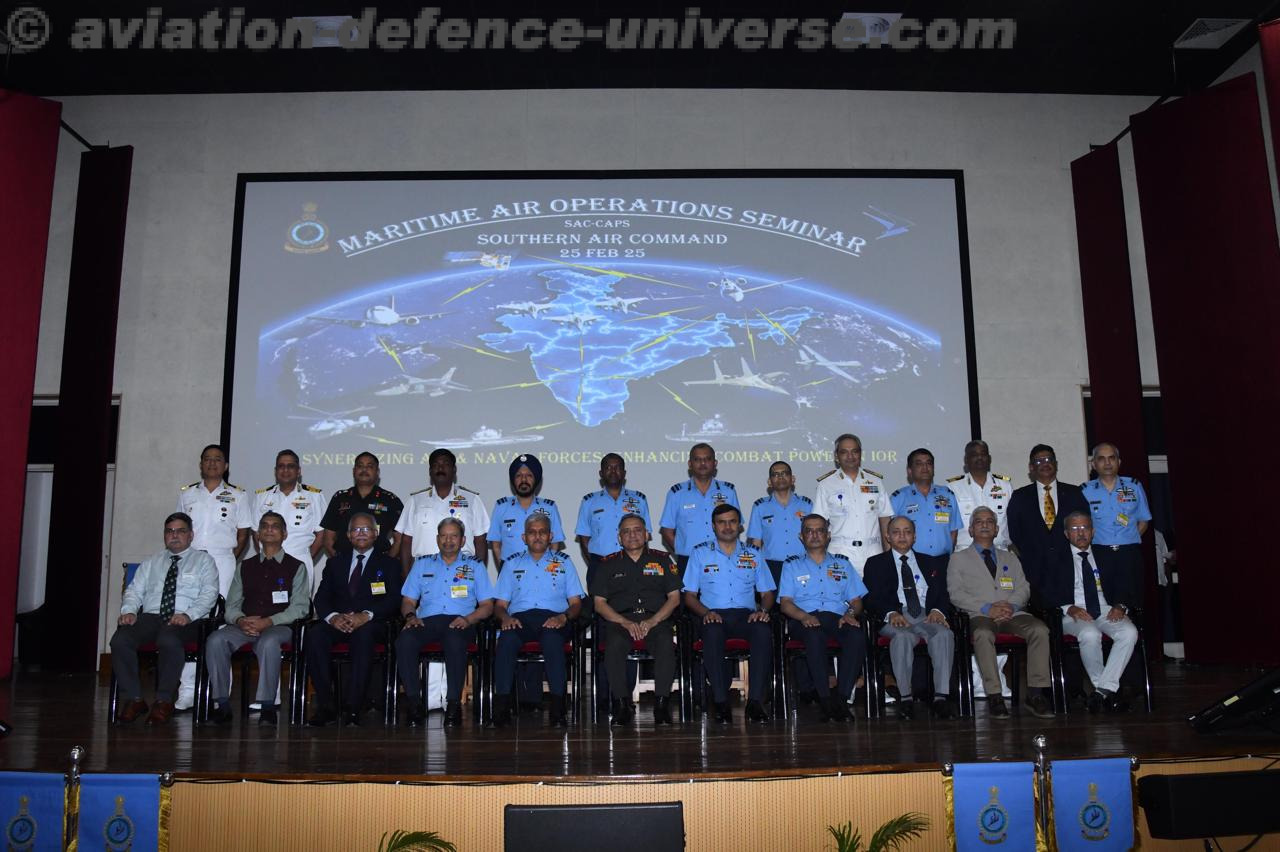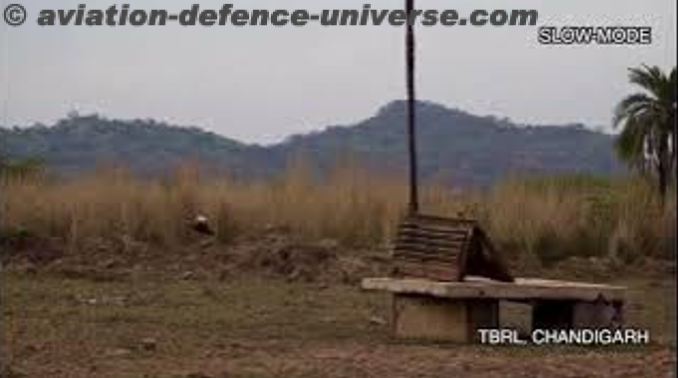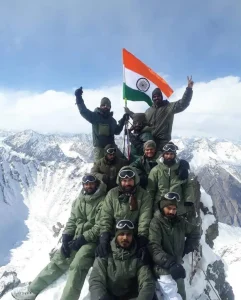 New Delhi. 14 August 2024. recent trek by a group of enthusiastic trekkers celebrated 78th Independence Day with troops deployed at the world’s highest deployment in Siachen Glacier. These trekkers included mountaineers from the Karnataka Mountaineering Association and the Indian Mountaineering Foundation. They spotlighted the Army’s extraordinary efforts in safeguarding the fragile ecosystem of one of the world’s most challenging terrains.
New Delhi. 14 August 2024. recent trek by a group of enthusiastic trekkers celebrated 78th Independence Day with troops deployed at the world’s highest deployment in Siachen Glacier. These trekkers included mountaineers from the Karnataka Mountaineering Association and the Indian Mountaineering Foundation. They spotlighted the Army’s extraordinary efforts in safeguarding the fragile ecosystem of one of the world’s most challenging terrains.
The trek, supported by the Indian Army and Oxbow Explore, was part of a broader initiative to promote tourism in border areas – a first of its kind. The expedition provided participants, ranging in age from 21 to 71, with a unique opportunity to witness first-hand how the Army is balancing its critical security role with a steadfast commitment to environmental stewardship. The trekkers were also joined by RJs from Radio City who interacted with trekkers and army personnel deployed at Siachen.
Environmental Conservation in the World’s Highest Battlefield
While civil administrations focus on green initiatives in more connected areas, the Indian Army has taken on the responsibility of preserving the environment in some of the remotest and most difficult regions of the India. The Army has implemented pioneering waste management systems on the Siachen Glacier, where extreme cold and high altitudes create an unforgiving environment. Traditional waste decomposition processes are virtually non-existent in this harsh climate, yet the Army has developed innovative methods to process and manage waste effectively.
One of the standout features of these initiatives is the transformation of kitchen waste into compost, which is then used to cultivate vegetables in greenhouses – unlikely patches of green amid the glacier’s icy expanse. This initiative reduces waste and provides fresh produce to the soldiers stationed there, significantly improving their quality of life in such an isolated location.
Green Energy and Sustainable Practices
The Indian Army’s focus on sustainability extends beyond waste management. The adoption of green energy sources, including solar power plants, wind, and fuel cell-based generators, has greatly reduced the carbon footprint of operations on the glacier. These energy solutions are crucial in an area where traditional power sources are impractical.
Moreover, the Army has initiated efforts to transport plastic waste from Siachen to Tamil Nadu for recycling, turning what was once a waste product into usable materials like jackets. This initiative reflects the Army’s innovative approach to environmental conservation, even in the most challenging circumstances.
Indian Army is focussing on sustainable options and adopting solar power plants, wind, and fuel cell-based generators, reducing the carbon footprints significantly. The trekkers saw that Indian Army is using return sorties of helicopters and Zanskar Ponies to backload wastes from the glaciers thereby contributing immensely to ensuring that glaciers are preserved. A MOU has been signed between Indian Army and a private firm which removes plastic wastes from the glacier and uses it for recycling.
Also , various green energy projects such as 12 SHILA shelters, 25 hybrid solar wind energy projects and Five hydrogen based fuel cell generators have been added to the infrastructure in Siachen recently.
Indian Army and the civil administration in Partapur have joined hands to ensure that ecological balance in the area is maintained. As a result, Partapur was adjudged as the best military station in the UTs of J&K and Ladakh.
A Commitment to a Greener Future
The Army’s efforts in Siachen offer a powerful reminder that environmental conservation is a shared responsibility, one that extends to the most remote corners of the country. The Indian Army’s initiatives in Siachen are a testament to its commitment to both security and sustainability. By promoting environmental conservation in such a challenging environment, the Army is not only protecting the nation’s borders but also paving the way for a greener, more sustainable future in India’s most remote regions.













